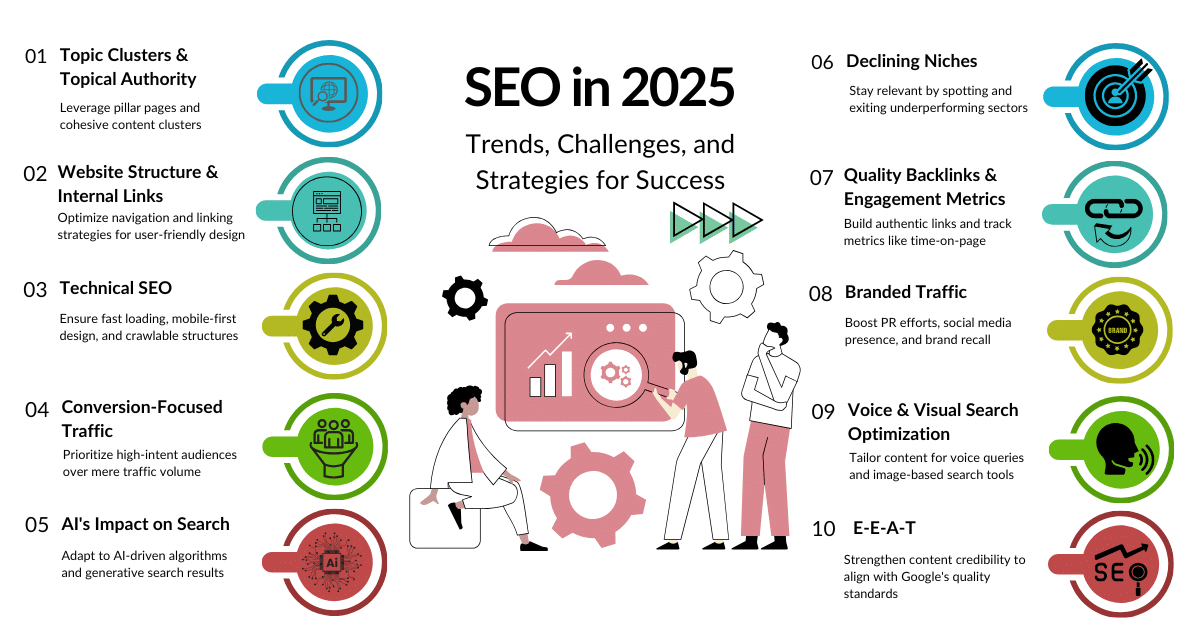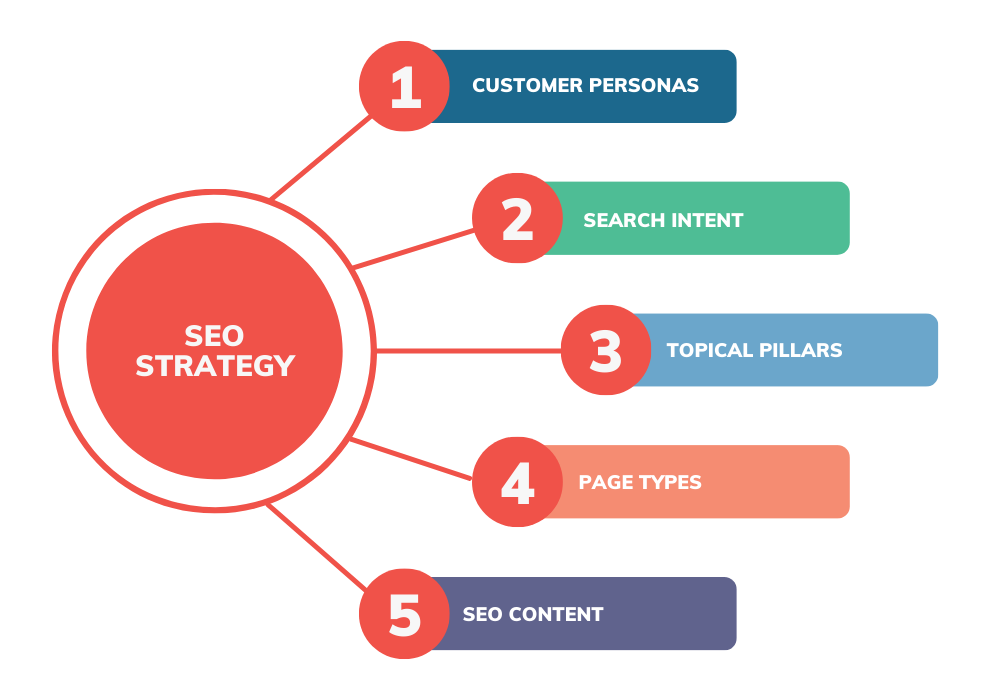1. Keyword Research:
- Choose the Right Keywords: You need to choose the keywords that are relevant to your target audience. These keywords will be the foundation of your content.
- Use Long Tail Keywords: Not only popular keywords, use long tail keywords so that you can get more targeted traffic with less competition.
- Use Google Search and Other Tools: You can do keyword research using tools like Google Keyword Planner, SEMrush, Ahrefs, Moz, etc.
2. Content Optimization:
- Unique and Quality Content: Google likes content that is unique, informative, and valuable to readers. Use the right keywords, but avoid keyword stuffing.
- Balance Blog Posts, Articles, and Video Content: Add visuals and videos to your content for readers, as it’s more engaging for them and helps them rank on Google.
3. On-Page SEO:
- Title Tags, Meta Descriptions, and URL Optimization: Your page titles, meta descriptions, and URLs should be SEO-friendly. Include keywords in them and make them attractive.
- Heading Usage: Use heading tags such as H1, H2, and H3 in the content. It improves the structure of the content and informs Google about it.
4. Backlinking:
- Gather High-Quality Backlinks: Backlinks are one of the most important parts of SEO. But build natural and quality backlinks that will increase the authority of your site.
- Guest Posting and Niche Guidelines: By following guest postings and niche guidelines, you’ll be able to create more powerful backlinks.
5. The Technical Aspects of SEO:
- Website Speed: Speed up your website’s loading time. Google prefers fast-loading sites, which will have an impact on your ranking.
- Mobile-Friendly Design: The site needs to be mobile responsive, as most of the traffic now comes from mobile.
- Use HTTPS: Use SSL certificates to ensure the security of the site. Google prioritizes website security.
6. Local SEO:
- Create Local Content: If your business is local, use local keywords and create a Google My Business profile.
- Create Local Backlinks: Try to get backlinks from local sites.
7. Measuring and Analyzing:
- Use Google Analytics and Google Search Console: Use these tools to track your website’s performance and analyze which changes are effective.
- Conversion Rate Optimization (CRO): Apply various methods to turn visitors into customers or leads on your website.
8. Other Steps:
- Voice Search Optimization: Optimize your content and keywords for increased voice search.
- Video SEO: Optimize your video content on YouTube and other video platforms.




